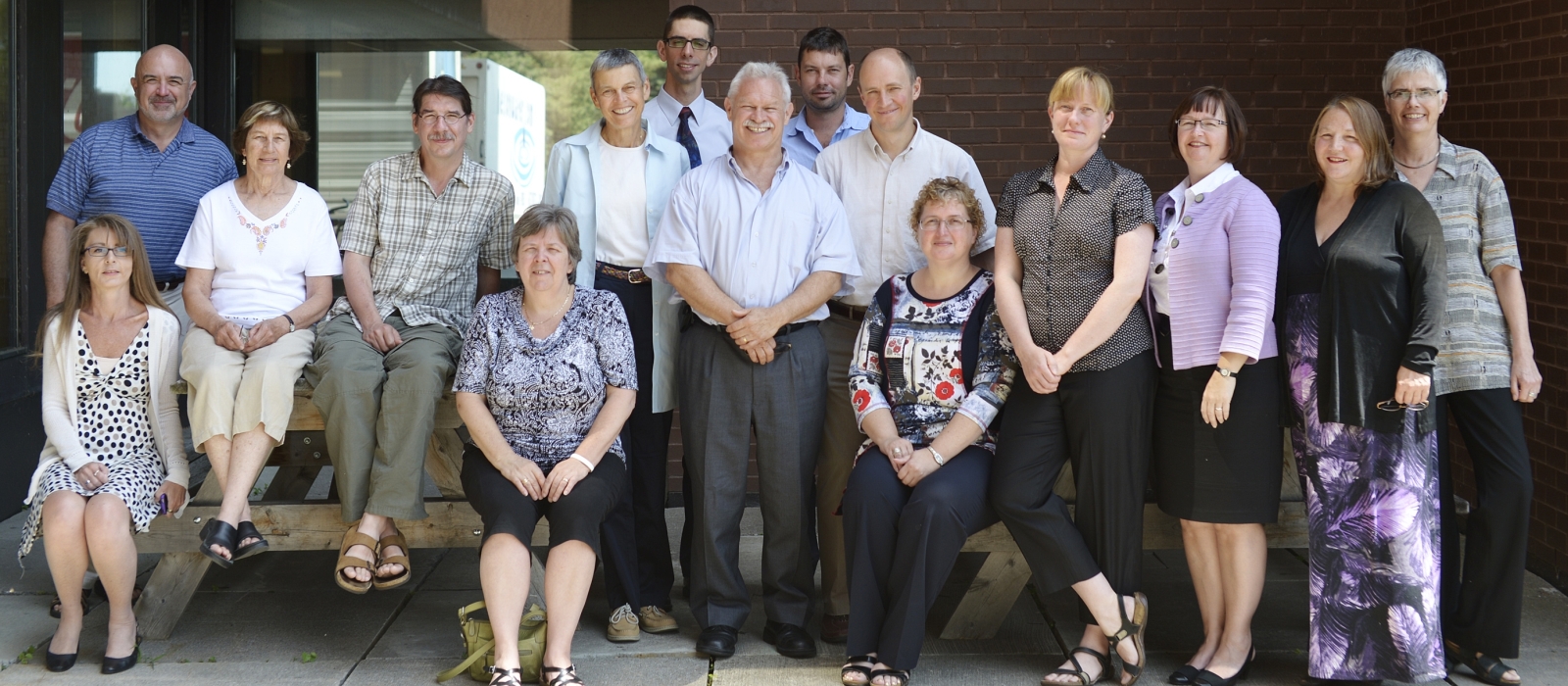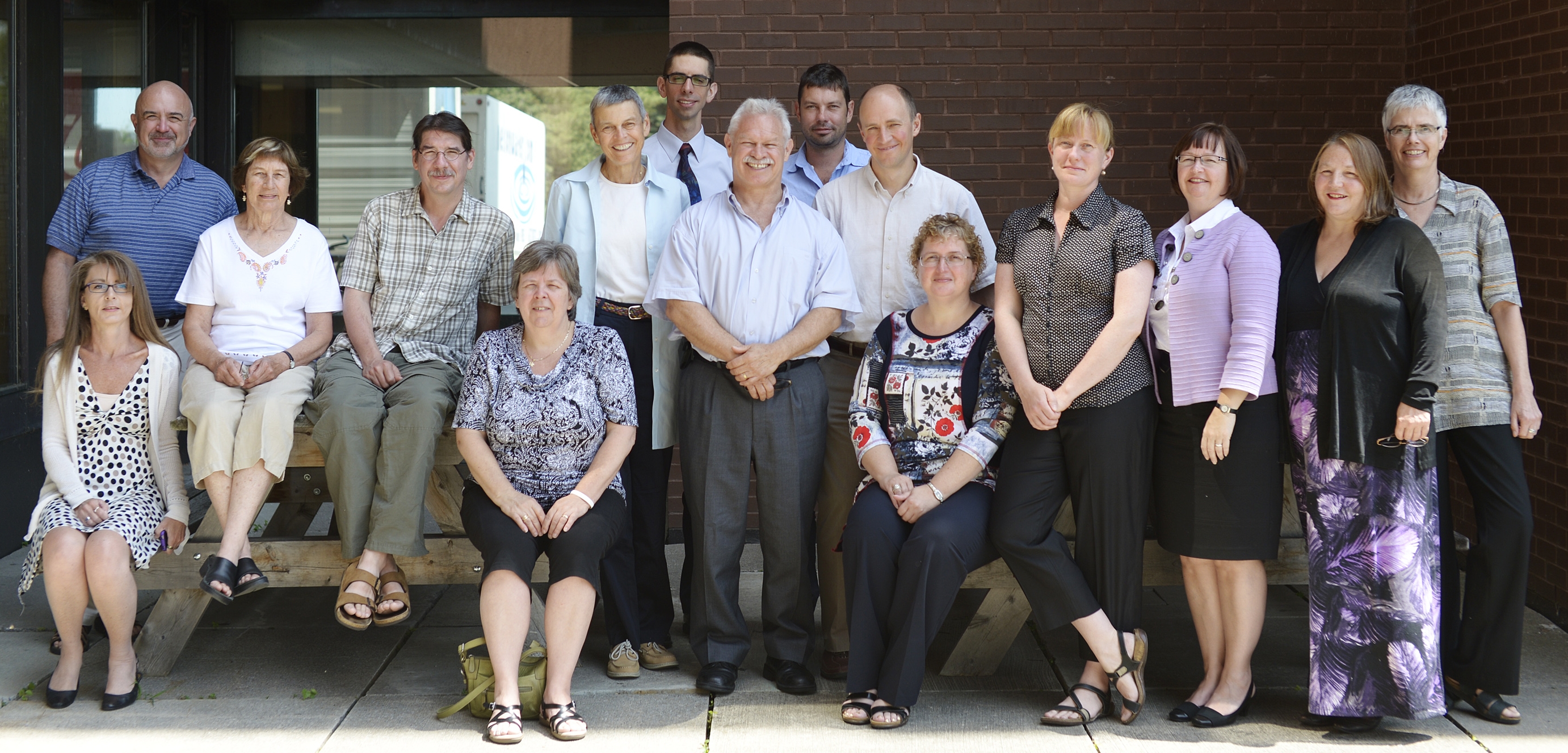CFICE’s Story
 Community-First: Impacts of Community Engagement (CFICE) was born in 2008 when Geri Briggs decided to try and change the way Canadian universities and their communities interact—by putting communities first.
Community-First: Impacts of Community Engagement (CFICE) was born in 2008 when Geri Briggs decided to try and change the way Canadian universities and their communities interact—by putting communities first.
Far too often and far too easily, post-secondary institutions prioritize their needs over those of the communities in which they exist. Whether community-campus engagement (CCE) involves organizing co-op positions for students, research opportunities, or study programs, university students and staff often benefit more than the public. Professional and personal interests, rather than the interests of the community, often determine the output of academic research.
Briggs, who was previously a government employee, realized this problem seven years ago. She also noticed that communities didn’t always see the value in CCE, and therefore didn’t allocate the time and resources to sharing their perspectives. Meanwhile public service investigators and funders often assumed CCE was benefiting communities, even if this was seldom the case.

Geri Briggs believed universities could engage in better community campus partnerships.
Briggs believed universities could do better. She believed CCE should be collaborative and reciprocal, and fully address community needs while also providing a strong, integrative learning environment for students.
Drawing inspiration from some groundbreaking examples such as University of Winnipeg’s Wii Chiiwaakanak Learning Centre (a partnership project that provides post-secondary educational and capacity building opportunities to Winnipeg’s Aboriginal and inner-city communities), Briggs approached Professor Peter Andrée, a member of Carleton University’s Committee on Community Engaged Pedagogy (CCEP), with her ideas. CCEP is a community that helps professors create opportunities for students to combine community work and classroom learning, so its existence largely set the stage for a new CCE movement at Carleton.
From their overlapping desires to ensure CCE remained true to its reciprocal benefits principle, core organizers Briggs and Andrée sparked the development of the CFICE project.
The first step of course, was to secure funding for the project. Briggs and Andrée needed a new teammate, one with experience in community-campus partnerships. They asked a mutual connection, Ted Jackson, who happened to be a professor of public policy at Carleton University.
Jackson’s experience and outstanding résumé made him a strong candidate to become CFICE’s first principal investigator. Working in collaboration with Cathy Edwards—a Carleton University Research Office employee who was integral to the success of the project’s funding application—the small group received a development grant from the Social Sciences and Humanities Research Council (SSHRC). This gave them the time and money to recruit more partners, meet regularly, compile research, and develop a full grant project proposal. The proposal was ambitious and included many different players from over 20 post-secondary institutions and 60 community partners.
With assistance from Cathy Edwards, Jackson submitted the full proposal in 2011. Months passed, and after an agonizing wait, the results were finally in.
In spring 2012, CFICE was announced as a winner of a $2.5million SSHRC partnership grant, to be distributed over seven years. For Briggs and Andrée, it was a dream come true.
The project began to ramp up almost immediately. Carleton University and the Canadian Alliance for Community Service-Learning partnered to co-manage CFICE, and the award-winning project gained administrative office space as part of the Carleton Centre for Community Innovation (3ci).
In collaboration with its community partners, CFICE officially kicked off in fall 2012, seeking to answer its key question: How can community campus partnerships be designed and implemented to maximize the value created for non-profit, community-based organizations?
Overall, CFICE believes in synergy, and that the whole is more than the sum of its parts. When it comes to community-campus relationships, we believe that together, everyone achieves more.

